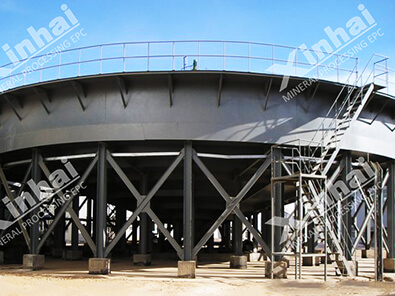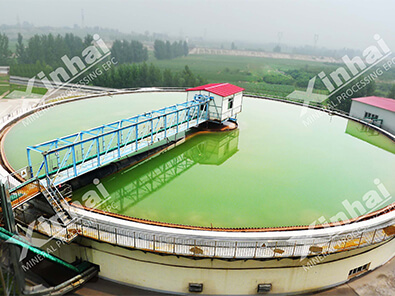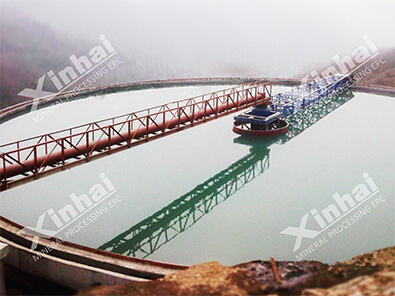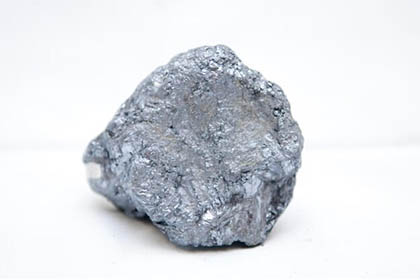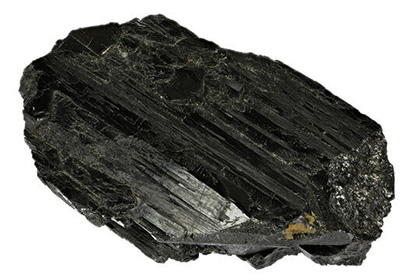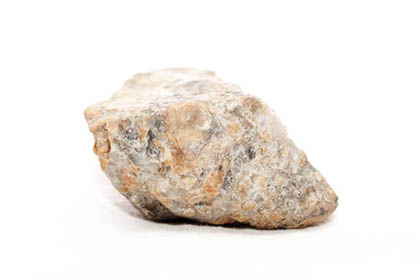Tailings Management in Scheelite Ore Processing
 Essow
Essow
 Feb 26, 2024
Feb 26, 2024
 749
749
If you want to know more details about equipment, solutions, etc, please click the button below for free consultation, or leave your requirements!
Scheelite ore, a critical component in the production of high-performance alloys and metalworking tools, is a valuable resource with significant environmental implications during its extraction and processing. Tailings, the byproduct of the mining process, present a substantial challenge to the industry, necessitating responsible management and innovative processing techniques. This comprehensive guide will explore the intricacies of scheelite ore tailings management, focusing on sustainable practices and the latest advancements in tailings treatment.
01 Understanding Scheelite Ore
BackScheelite ore, primarily composed of scheelite (CaWO4) and wolframite (Fe, Mn, Zn)WO4), is typically found in hydrothermal veins and pegmatite deposits. The extraction process involves crushing, grinding, and subsequent separation techniques to isolate the tungsten minerals from the ore. The remaining tailings, which can contain a variety of materials including waste rock, unrecovered minerals, and process chemicals, require careful handling to minimize environmental impact.
Tailings Storage Facilities (TSFs)
Traditionally, tailings are stored in TSFs, which are engineered structures designed to contain and stabilize the waste material. The design and operation of TSFs are critical to prevent leakage and environmental contamination. Modern TSFs incorporate advanced engineering features such as waterproof liners, leachate collection systems, and slope stabilization measures. The location and design of TSFs must adhere to stringent environmental regulations and consider factors such as seismic activity, rainfall patterns, and proximity to water sources.
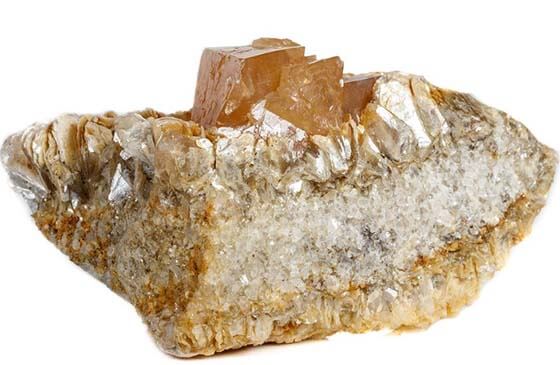
(Scheelite Ore)
02 Tailings Processing and Reclamation
BackTailings processing and reclamation are integral components of responsible mining operations, particularly for scheelite ore, which is known for its complex processing requirements. These processes not only ensure the recovery of additional valuable minerals but also aim to stabilize the tailings for safe storage and eventual environmental restoration.
1. Tailings Processing
1. Desliming and Classification
Tailings are often a mixture of fine particles (slimes) and coarser material. Desliming is the process of removing these fine particles to prevent the tailings from becoming overly fluid, which can complicate storage and processing. Classification techniques, such as hydrocyclones or spiral classifiers, are used to separate the fine particles from the coarser tailings.
2. Thickening and Dewatering
After desliming, the tailings slurry is thickened to increase the concentration of solids. This is typically achieved using thickeners, which allow the solids to settle under gravity. Dewatering further reduces the water content, often through filter presses, belt filters, or centrifuges, resulting in a drier, more stable tailings product.
3. Reagent Addition and Flocculation
To enhance the settling and dewatering of tailings, reagents such as flocculants and coagulants are added. These chemicals help the fine particles to aggregate into larger flocs, which settle more easily and can be separated from the water more effectively.
4. Cyanide Destruction (if applicable)
If the ore processing involves cyanidation, it is crucial to neutralize any residual cyanide in the tailings to prevent environmental contamination. This can be done through chemical oxidation, biological treatment, or other methods that convert cyanide into less toxic compounds.
5. Tailings Stabilization
Tailings stabilization involves neutralizing acidic materials and encapsulating heavy metals to prevent leaching. This is often achieved by adding alkaline materials like lime, which reacts with the acids and binds the metals, making the tailings less reactive and more stable.
6. Tailings Disposal
Once processed, the tailings are transported to tailings storage facilities (TSFs) for disposal. The design and operation of these facilities are critical to prevent environmental contamination and ensure the long-term stability of the stored tailings.
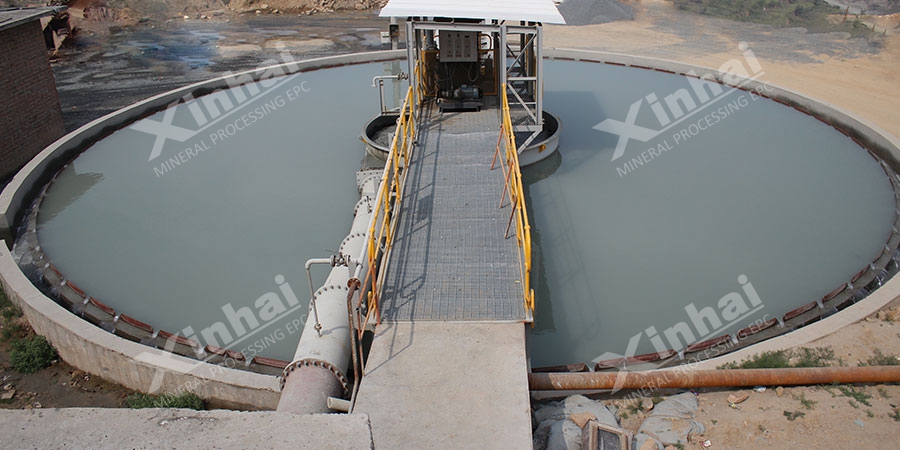
(A Thickener for Tailing Processing)
2. Reclamation and Land Restoration
1. Closure Planning
Even before the tailings facility is operational, a closure plan is developed. This plan outlines the steps that will be taken to safely close the facility, including the removal of water, the consolidation of tailings, and the final capping of the TSF.
2. Land Restoration
Once the TSF is closed, the land must be restored to a condition that is safe for human use and compatible with the surrounding environment. This may involve grading the land, planting native vegetation, and establishing erosion control measures.
3. Monitoring and Maintenance
After reclamation, the site is monitored for a period of time to ensure that the reclamation measures are effective and that no further environmental issues arise. This may include monitoring water quality, soil stability, and vegetation growth.
4. Post-Closure Land Use
The ultimate goal of reclamation is to return the land to a productive state. This could involve converting the site into a park, a recreational area, or even for agricultural use, depending on the local conditions and regulations.
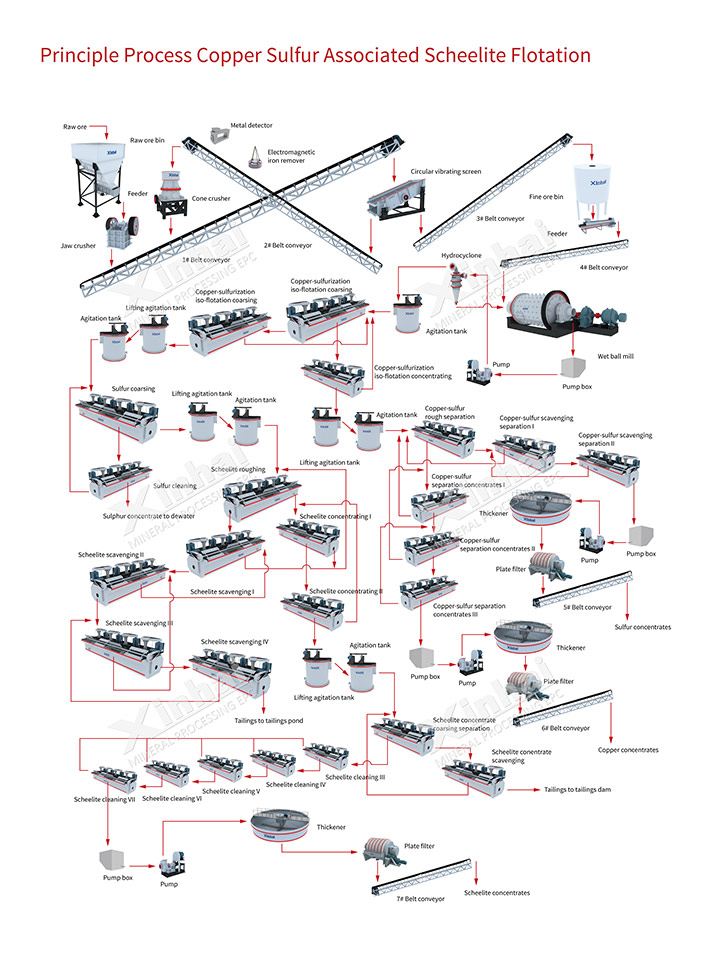
(Scheelite Processing Flowchart)
3. Innovative Approaches:
1. Tailings as a Resource
Some mining companies are exploring the potential to use tailings as a resource, either by reprocessing them to recover additional minerals or by using them as a source of construction materials, such as sand or aggregate.
2. Dry Stack Tailings
This method involves dewatering the tailings to a point where they can be stacked in a stable manner without the need for large volumes of water. This reduces the surface area exposed to water and oxygen, minimizing the potential for environmental contamination.
3. Bioremediation
Using microorganisms to break down contaminants in tailings is an emerging area of research. Certain bacteria and fungi can help to neutralize acids and remove heavy metals, contributing to the overall reclamation process.
03 Environmental and Social Considerations
BackThe environmental and social considerations in the management of scheelite ore tailings are multifaceted, encompassing a range of issues that mining companies must address to ensure sustainable practices and minimize their impact on the environment and communities.
1. Environmental Impacts
1. Water Contamination
Tailings can contain toxic elements and chemicals used in the extraction process, such as acids, cyanides, and heavy metals. If not properly contained, these substances can leach into groundwater and surface water, posing risks to aquatic life and human health. Effective tailings management includes the use of impermeable liners in tailings storage facilities, leachate collection and treatment systems, and the stabilization of tailings to prevent leaching.
2. Air Quality
Dust from tailings can contribute to air pollution, affecting air quality and potentially causing respiratory issues for nearby communities. Dust suppression measures, such as water spraying and the use of windbreaks, are implemented to reduce dust emissions.
3. Land Use and Ecosystem Disruption
The construction of tailings storage facilities often requires the clearing of land, which can disrupt local ecosystems and habitats. Reclamation efforts aim to restore the land to its original state or to a condition that supports local flora and fauna, promoting biodiversity.
4. Soil Contamination
Tailings can contaminate soil, affecting its fertility and the growth of vegetation. Tailings management plans must include measures to prevent soil contamination and, where necessary, to remediate affected areas.
2. Social Impacts
1. Community Health and Safety
The health and safety of communities living near mining operations are paramount. Mining companies must engage with local communities, providing information about potential risks and implementing measures to protect public health, such as safe distances between tailings facilities and residential areas.
2. Economic Displacement
Mining activities can lead to the displacement of local communities, particularly if their lands are required for mining operations. Fair compensation, relocation support, and the provision of alternative livelihoods are essential to mitigate the social impact of such displacement.
3. Cultural and Heritage Sites
Mining operations must consider the potential impact on culturally significant sites and heritage areas. Consultation with indigenous peoples and local communities is crucial to ensure that cultural values and practices are respected and protected.
4. Socio-Economic Development
Mining can bring economic benefits to local communities, including employment opportunities and infrastructure development. However, it is important to ensure that these benefits are equitably distributed and that they contribute to the long-term development of the community.
3. Sustainable Practices
1. Zero-Waste Mining
The concept of zero-waste mining aims to minimize the generation of tailings by maximizing the recovery of valuable minerals and the recycling of process water and materials.
2. Tailings Dam Safety
Regular inspections and maintenance of tailings dams are critical to prevent structural failures, which can lead to catastrophic environmental and social impacts.
3. Transparency and Reporting
Mining companies should be transparent about their tailings management practices, reporting regularly on their environmental performance and engaging with stakeholders, including regulators, NGOs, and local communities.
4. Regulatory Compliance and Best Practices
Adhering to national and international environmental standards and industry best practices is essential. This includes following guidelines set by organizations such as the International Cyanide Management Code and the Tailings Storage Facility Safety Guidelines developed by the United Nations Environment Programme.
04To Wrap Up
Back
The responsible management of scheelite ore tailings is a critical aspect of sustainable mining practices. By implementing advanced processing techniques, investing in innovative technologies, and adhering to strict environmental standards, the industry can mitigate the environmental risks associated with tailings while contributing to the global supply of this vital mineral. As the demand for tungsten continues to grow, so too must the industry's commitment to responsible tailings management and environmental stewardship.
 +86 18716000713
+86 18716000713 xlyin@xinhaimining.net
xlyin@xinhaimining.net




 Message
Message Chat Now
Chat Now


